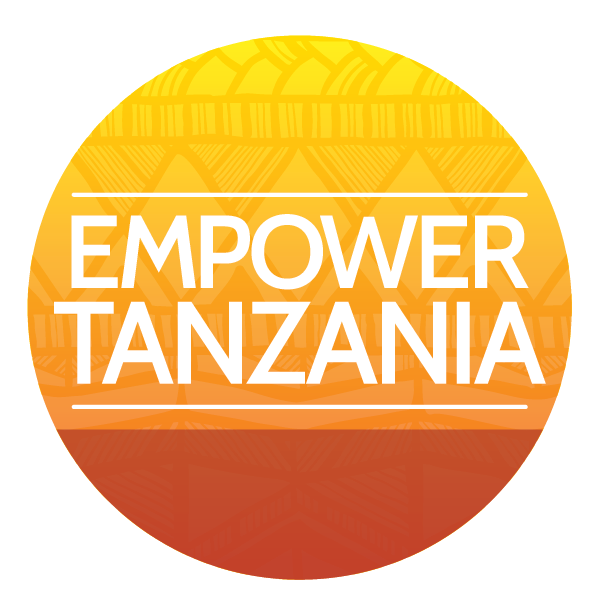Katahe Well Drilling Begins Soon!
Thanks to some very generous donations in 2014, Phase 1 of the Katahe Water Project is fully funded and about to begin! This is a big victory for the people of this small Maasai village in northeastern Tanzania who have lived their whole lives with no water in the village. They depend on the nearby Pangani River which is notorious for crocodiles and rock pythons, both capable of attacking children and eating small unsuspecting goats as they drink. To the people who live and raise animals in this dry desert, this well is an answer to a prayer. If you were a donor that helped raise the $20,000 needed to do Phase 1, thank you! Your generosity is going to change many lives in Katahe. If you are excited by this project, please consider a donation to help us with Phase 2, which will begin as soon as the funds are secured.
Phase 1: In February, Empower Tanzania will hire a driller to come and drill a borehole, probably around 500 ft deep. When water is found, flow rates will be measured and a sample will be sent in for testing. If it tests safe, and the flow is determined to be adequate, the well will be temporarily capped. Status: $18,000 Fully funded, waiting for final bids so construction can begin.
Phase 2: Thanks to ETI volunteer, Justin Rewerts, we have a donated pump coming for the well. We will choose the type as soon as we know how deep the well is. We will use solar or wind to power the pump. We will either purchase a windmill or solar panels, and a pump house will be built by the local people as their contribution to the project. We will install a tank with a tap, and the water will be made available for use by the village. Status: $17,000 fundraising has begun Phase 3: Distribution pipe and 3-4 additional taps will be added to the project, giving closer access to the water throughout the village. We will do training on water usage, sanitation, and water safety with the local people, and build a latrine, complete with a public shower. Status: pending
Phase 4: Once we see how the water is being used, and determine that there is enoug excess, we will build a cattle trough a short distance from the well, and put in a second tank on a raised platform so that the water can be gravity-piped longer distances in the future.
